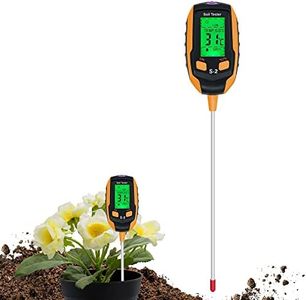We Use CookiesWe use cookies to enhance the security, performance,
functionality and for analytical and promotional activities. By continuing to browse this site you
are agreeing to our privacy policy
10 Best Ph Soil Meters
From leading brands and best sellers available on the web.Buying Guide for the Best Ph Soil Meters
Choosing the right pH soil meter can be very helpful for gardening, farming, or anyone who wants to monitor and adjust the acidity or alkalinity of their soil. Having accurate information on soil pH helps ensure your plants thrive, as different plants have specific pH requirements to absorb nutrients properly. When picking a pH soil meter, it's important to look for key features that affect how easy it is to use, how reliable the readings are, and how well the meter matches your specific needs.Type of Meter (Digital vs. Analog vs. Chemical Test Kit)Type of meter refers to how the soil pH is measured and displayed. Digital meters use electronic sensors and display the result on a screen; they are typically fast and easy to read. Analog meters use a needle on a dial, which doesn't require batteries and can be very straightforward, but may be a bit harder to interpret. Chemical test kits use color-changing liquids or strips to indicate pH and usually require you to compare colors to a chart. If you want quick and precise results, a digital meter might be best. If you prefer a simple, no-battery option, analog could work. Chemical kits are great for occasional testing or cross-checking your meter.
Probe Material and DesignProbe material and design impacts durability and accuracy. Stainless steel or high-quality metals resist corrosion from wet soil, while thicker probes are generally sturdier for repeated use. Longer probes are better for measuring deeper soil, while shorter ones are fine for potted plants or surface testing. If you’re using the meter outdoors or will test frequently, choose one with robust construction and an appropriate length for your soil environment.
pH Measurement RangepH measurement range shows the limits within which the meter can read, usually between pH 3 and 10. Most soils are between pH 5 and 8, so a meter that covers this range is enough for most people. If you have specialty plants or unusual soil conditions, you might want a broader range. Choose a meter that can register both the expected lows and highs for your soil type.
Accuracy and CalibrationAccuracy indicates how close the meter’s readings will be to the true pH. Some meters allow you to calibrate them for more precise results. Higher accuracy is important for sensitive plants or scientific purposes. Regular calibration keeps readings trustworthy—so if accuracy is a priority, pick a model with easy calibration steps and check how often this process is needed.
Additional Measurements (Moisture/Light/Temperature)Many soil meters combine pH testing with other measurements like soil moisture, light levels, or temperature. This can save time and provide a more complete picture of your soil environment. If you need more data for your gardening tasks, choose a multifunction meter, otherwise a simple pH-only model will suffice for basic monitoring.
Ease of Use and MaintenanceEase of use includes how simple it is to operate the meter and interpret its results. Some meters are push-and-read, others need more steps or careful cleaning. Maintenance also includes keeping probes clean and properly stored. If you want hassle-free pH checks, look for a model with clear instructions and minimal maintenance requirements.
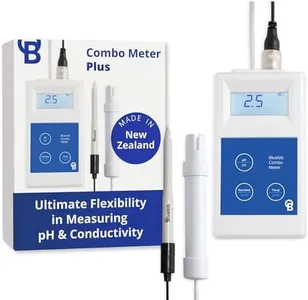
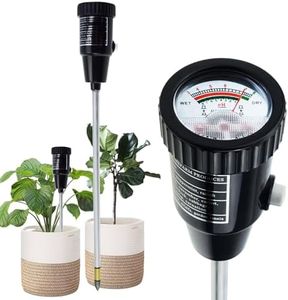
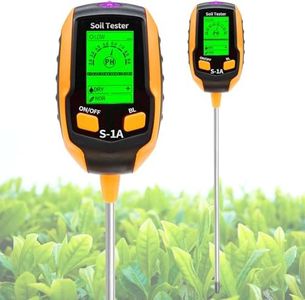

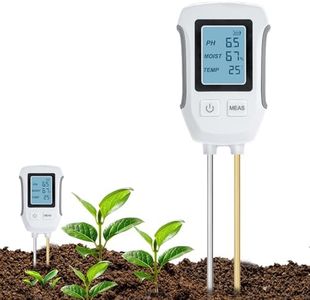
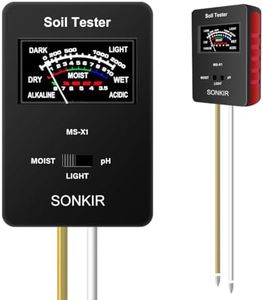
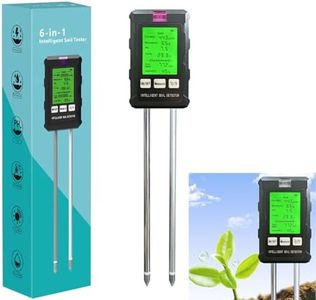
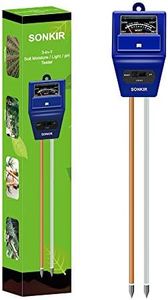
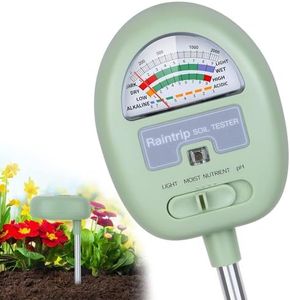
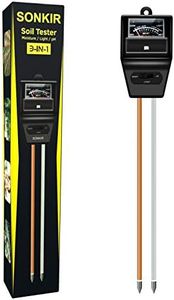
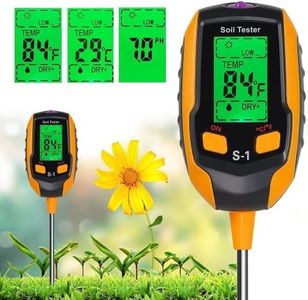
![[Upgraded]](https://images-proxy.bestreviews.guide/MN4dwSh53rtrRb0SpRcpF-ppol8=/0x300/https://m.media-amazon.com/images/I/41EL4vJQVGL._AC_CX679_.jpg)
